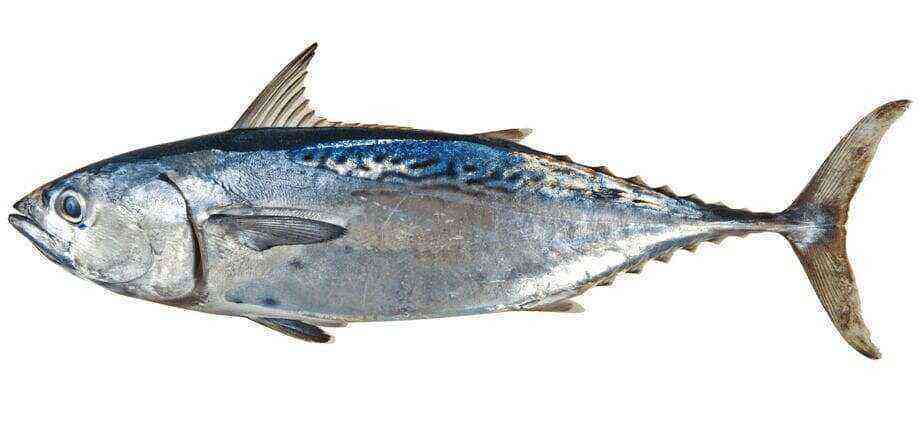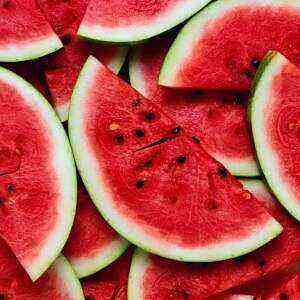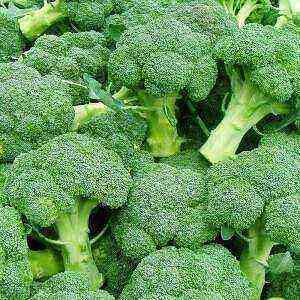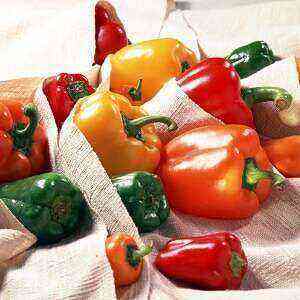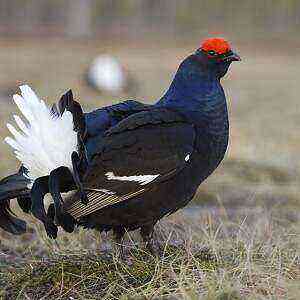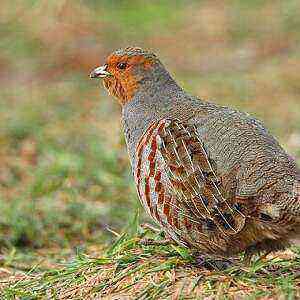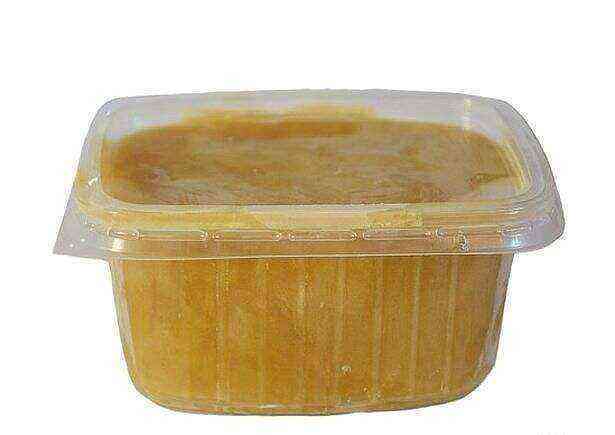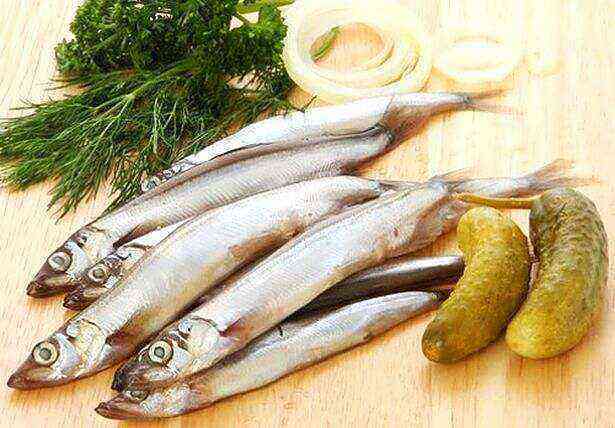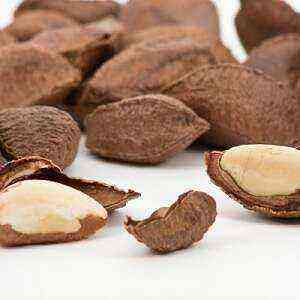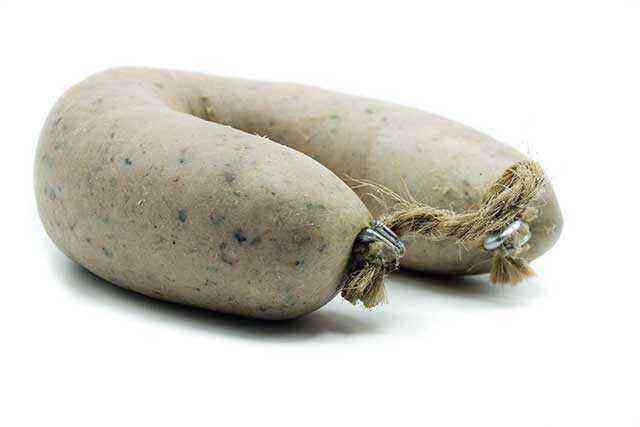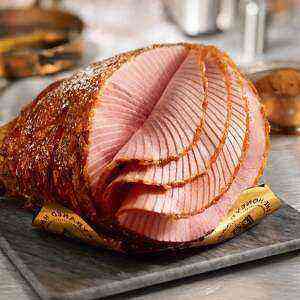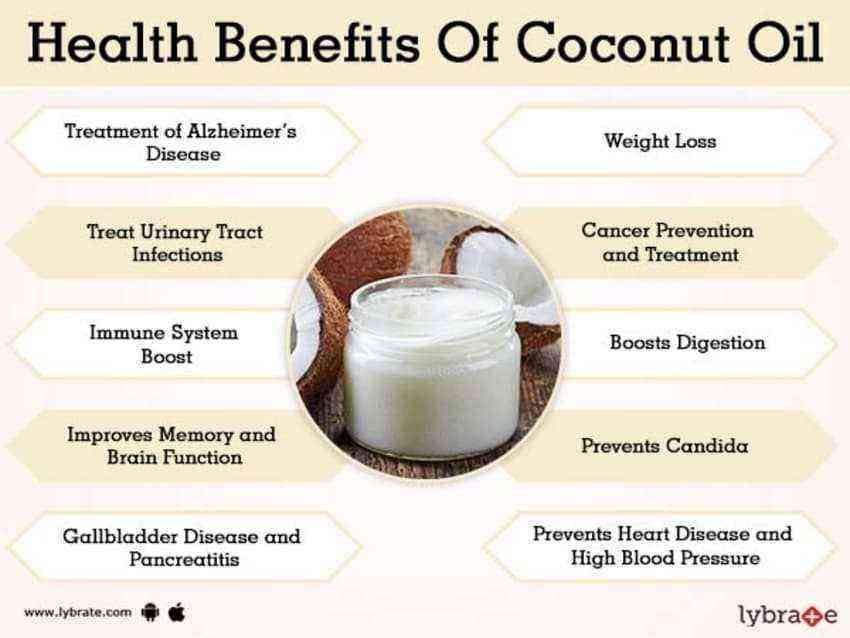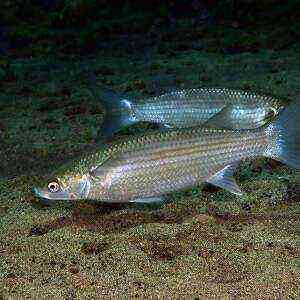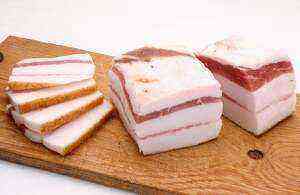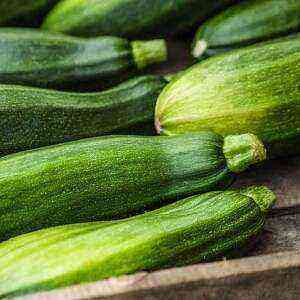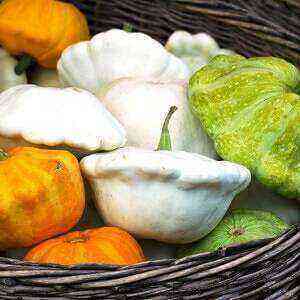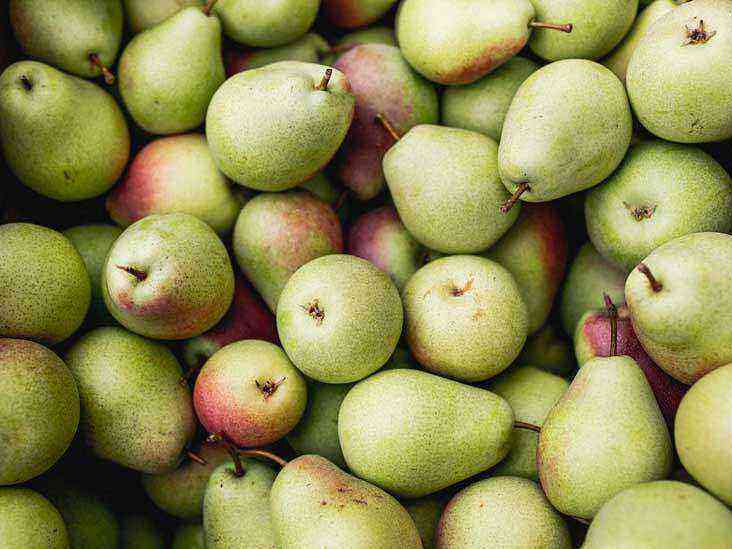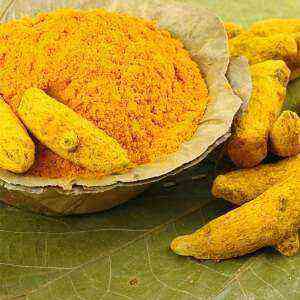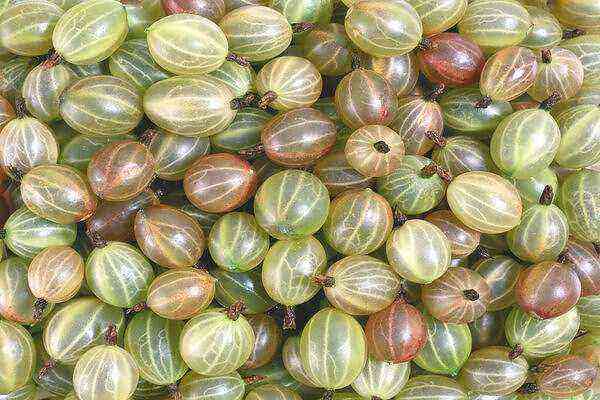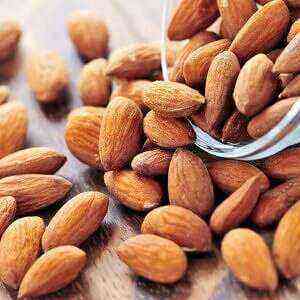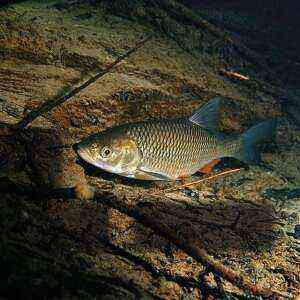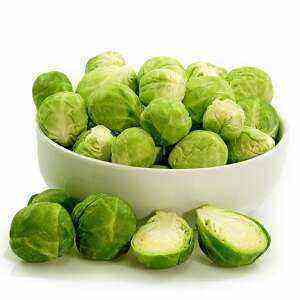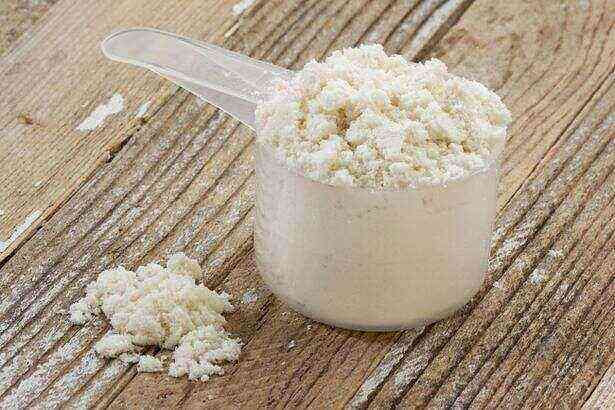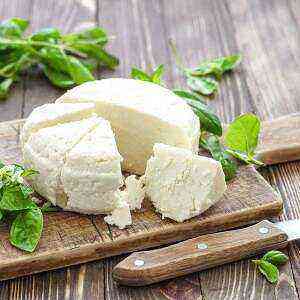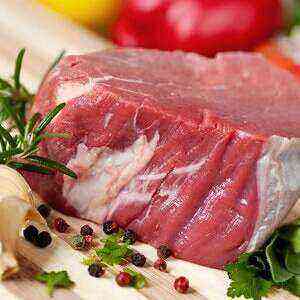
Most often, veal is obtained from dairy cattle males, although the taste and structure of the females meat is absolutely identical. This is done from a simple consideration: a dairy cow can carry and give birth to another calf (or several).
So what is good veal and is it worth it to fork out to introduce gentle cuts in the daily diet?
Useful Properties
Veal contains vitamins, amino acids and other useful nutrients. Even heat treatment does not affect the chemical composition of meat and the human body receives substances in their primary form. What distinguishes veal from other types of meat? Young calf meat contains extractive substances. They are not filled with nutritional components and do not carry energy value. Extractives stimulate the secretion of digestive juice, making the digestion process faster and easier for organs.
The ratio of energy and nutritional value of the product cannot but rejoice. In calf cuts, the minimum amount of fat and connective tissue. That is why losing weight and athletes should pay attention to calf meat, and not to chicken or beef.
The ingredient has a low glycemic index, so there is no need to fear for sudden surges in glucose in the blood (unless, of course, you bite the meat with chocolate). Milk meat strengthens the mucous membranes of organs, builds up cell membranes, improves the functionality of the digestive and nervous systems. It is veal that can be introduced into the diet of young children and the elderly, who find it difficult to absorb “heavy” food.
The meat contains a minimum concentration of cholesterol compared to the same beef or lamb. Moreover, gelatin was found in the composition of meat, which stimulates blood coagulation. Doctors recommend milk meat to hypertensive patients, diabetics, people suffering from anemia, heart and vascular diseases. Scientists have proven that meat protects the body from urolithiasis, heart attack, damage to the bone, muscle system and even infectious / bacteriological pathologies. 500-1000 grams per week will be enough for tangible benefits and “nourishment” of the current state of health.
Chemical composition
Nutritional value (based on 100 grams of raw product)
Caloric content 97 kcal Proteins 19,7 g Fats 2 g Carbohydrates 0 g Dietary fiber 0 g Water 77,3 g Ash 1 g
Vitamin content (in milligrams based on 100 grams of raw product)
Thiamine (B1) 0,14 Riboflavin (B2) 0,23 Niacin (B3) 5,8 Choline (B4) 105 Pantothenic acid (B5) 0,95 Pyridoxine (B6) 0,38 Folic acid (B9) 0,0058 Cobalamin (B12) 0,021 Tocopherol (E) 0,2 Biotin (H) 0,005 Nicotinic acid (PP) 9,9
Nutrient Balance (in milligrams based on 100 grams of raw product)
Macronutrients
Potassium (K) 345 Calcium (Ca) 12 Magnesium (Mg) 24 Sodium (Na) 108 Sulfur (S) 213 Phosphorus (P) 206 Chlorine (Cl) 72
Trace Elements
Iron (Fe) 2900 Iodine (I) 2,7 Cobalt (Co) 5 Manganese (Mn) 33,9 Copper (Cu) 228 Nickel (Ni) 1,3 Fluorine (F) 88 Zinc (Zn) 3,17
Use in cooking
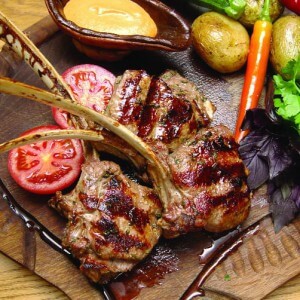
Brisket
Most often, the loin is sold on the bone. This is one of the most tender and juicy cuts, which is prepared in minutes. Brand chefs recommend grilling brisket loin. Even a newbie will get this kind of meat, so there’s no need to worry about money thrown to the wind. Marinate the veal in the spices / herbs, let the smells and flavors soak in, then carefully lay the loin on the rack and fry on each side. Cut the cut into portioned steaks, serve with your favorite side dish.
Brain bone
Calf’s brain bone is one of the most important ingredients of the famous St. Salad. John. But there is no need to be limited to just one salad. From the brain bone can be prepared rich broth, seasoning to sauce, fried dishes or use it as a basis for vegetable risotto.
Veal edge
This is the pulp that is cut from the dorsal part of the costal bones. In fact, the edge is the reverse side of the loin (very juicy and tasty). Calf edge is suitable for cooking steaks, barbecue or classic roasting in the oven on a vegetable cushion.
Ham
Meat is extracted from the back or front of the calf’s legs. It can be baked whole, fry in spices or stew. But the standard method of processing ham – smoking (both cold and hot).
Language
Veal tongue is more tender and tiny compared to beef. The ingredient must be boiled for 1 hour in salted water over low heat. The skin of the calf’s tongue is removed with a light movement of the hand, and not with painful efforts (as in the case of beef). The fastest and easiest way to clean the tongue is to cook the tongue for 60 minutes, and then immediately immerse in ice containers. The film will peel off on its own, you just need to pry it with a knife and remove it from the surface.
Tenderloin

Bones
Experienced chefs recommend baking the bone, then boil a rich and incredibly tasty broth based on it. Quick recipe: put bones and vegetables in a preheated oven for a 60-70 mine. As soon as the bones turn brown, take out the container with the ingredients. Put the bones on paper towels to excess fat stack. On the basis of the finished bones cook excellent broth. Warning: boiling bones will take at least 3 hours, but the result is worth the effort and time spent.
Brain
Beef brains are banned throughout the European Union due to possible mad cow disease. At the same time, calf brains are sold at every second counter of both large supermarket chains and small private butchers. Brains can be subjected to all types of heat treatment, put on mincemeat or prepare an unusual filling for salty pie.
Kidneys
The kidneys have an unexpectedly tender structure and a pleasant unobtrusive taste. They can be fried on a grill or a frying pan. The best option – to cook roast loin, tenderloin and kidney. Meat platter will create an amazing taste that will impress everyone and will be an excellent occasion to organize a dinner at home.
Shin
In Russian, there is a specific designation of the leg – “calf’s grandmother.” Usually, the cut is realized instead of with a bone, which increases the range of culinary searches and options. The drumstick is perfect for both the main course and snacks. Combine meat with seasonal vegetables and good wine.
Liver
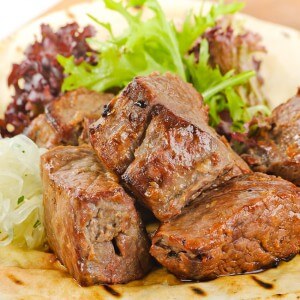
Scapula
Spatula – the best cut for minced meat, homemade sausage, roast or stew. The spatula is quite dense, so it is perfect for stewing and roasting on the grill. Brand chefs recommend using a scoop for goulash, beef stew, and a mandatory item on the culinary list is fricassee.
Leg
This cut contains a high concentration of vegetable gelatin. The foot is perfect for brawn or thick broth. If the shower does not lie for a specific snack or first course, then fry the whole leg or stew the crushed pieces with vegetables.
How to choose the right product
Varietal classification of veal is no different from beef. The most valuable cuts are the loin / costal parts, thigh and rump. Second grade: meat from the sides and neck cut. The third grade: knuckle and shank.
When choosing meat, you need to focus on 3 main features:
- Colour;
- smell;
- structure.
It is best to buy meat from proven suppliers who independently grow and slaughter livestock. But a proven butcher is a rare lottery ticket, so most have to look for high-quality veal on the market or in a supermarket chain.
Smell
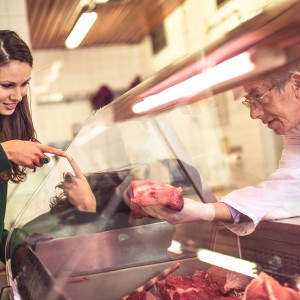
Color
All veal cuts are colored bright red. Fatty layers should be white-white. If the meat is a beautiful red hue, but the streaks are yellowed, then give up the product. Fatty layers darken from age and long-term storage. The hue of the meat should be uniform and uniform throughout the cut. Stains, stripes, scuff marks indicate improper storage conditions or problems during transportation.
Remember: the lighter the meat, the younger the animal was at the time of slaughter.
Structure
The classic test for the elasticity of meat is suitable for veal. Lightly poke the surface of the meat with your finger. If the cut quickly returns to its original position, then everything is in order and the freshness of the meat is confirmed. If the loose structure of the meat will not be able to fill the dimple, then refuse to buy. Meat, most likely, has long been on the shelf and is not in special demand. Loose structure also indicates the presence of chemical additives and antibiotics to stimulate growth.
How to store the product
Table of the ratio of temperature and time of sale of meat
° C
Implementation period
0 to +1 3 days +1 to +2 2 days +1 to +4 1 day Room temperature 8 hours
You can store fresh veal in a standard refrigerator compartment for no more than 3 days. If the surface of the meat became sticky in less than 3 of the day, the product was initially of poor quality, and the supplier lied a little about the current age of veal.
Storing meat can cause some difficulties, because the beef has an increased concentration of moisture. On the one hand, moisture prolongs the implementation period, on the other hand, it creates an impartial film that can be easily confused with rot.
Veal, no matter how soon you plan to make a dish out of it, must be wrapped in cloth or foil, and only then in polyethylene. This is the only way to keep the maximum amount of moisture inside the meat and to “put off” the process of rotting. Veal is stored in fabric / foil and in the freezer and in standard refrigerated compartments. A more sophisticated way is to store the cut in water. Pick up the container to the size of the meat, pour in ice-cold water there and send it in the refrigerator.
Do not wash the veal before putting it in the refrigerator. The extra fluid can stimulate the juice output and the rapid evaporation of moisture.
Frozen meat should be used immediately after defrosting. Repeated freezing of veal is prohibited: pathogenic microorganisms can develop in the meat, and the cut itself will become dry, tasteless and less elastic.


